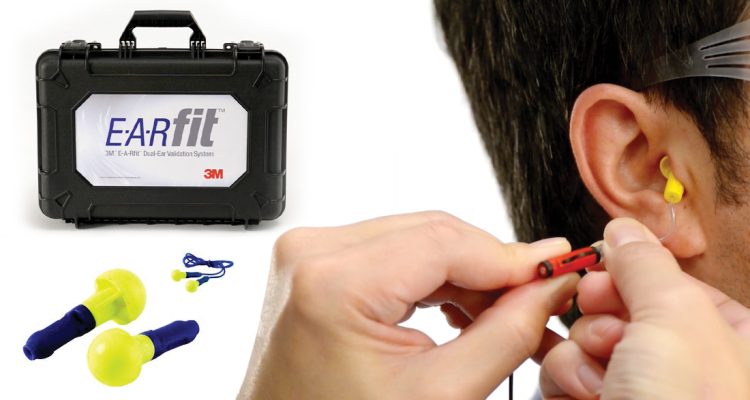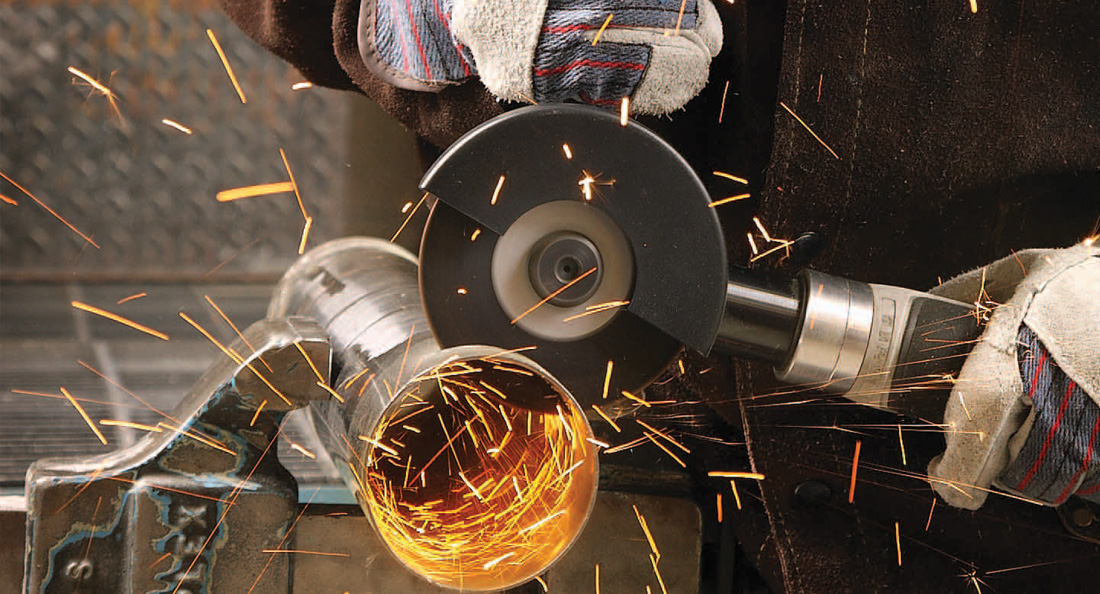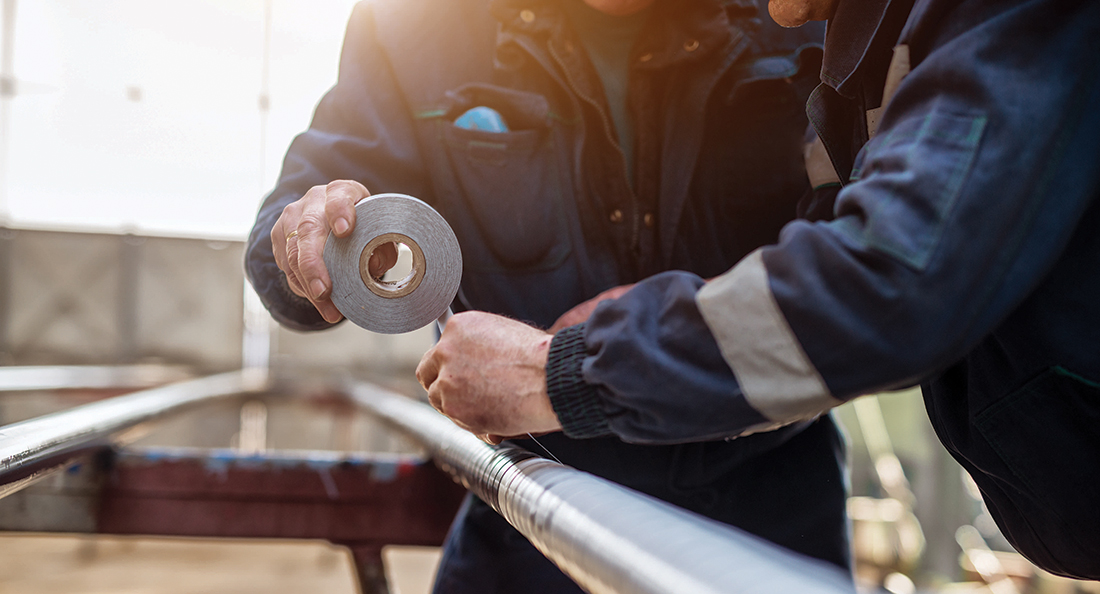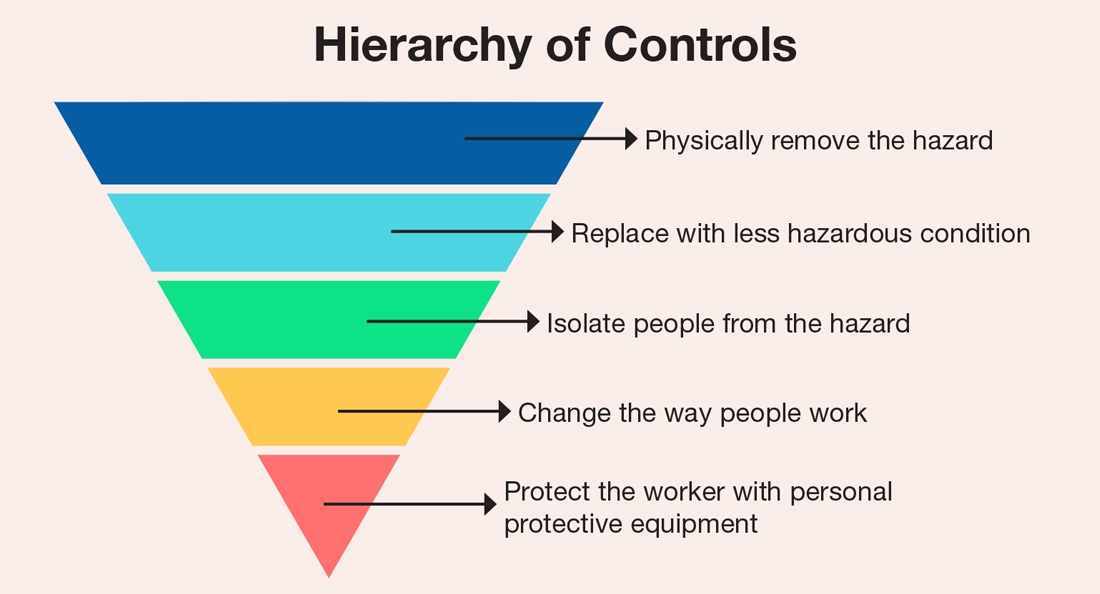According to Safe Work Australia, noise exposure is the most common preventable cause of hearing loss, which research suggests may contribute to a range of other health concerns including tinnitus, increased heart rate, muscle tension, and fatigue.1
Workers in the mining and quarrying industries are frequently exposed to loud, explosive, grinding, scraping and crushing sounds in close proximities and for extended periods of time. Noise-induced hearing loss (NIHL) is a permanent condition, is a permanent condition, and 100% preventable.
The E-A-R™ Push-Ins™ earplugs from 3M are designed to protect the wearer from noise exposure levels, particularly low-frequency type noise in industrial environments. Constructed with slow recovery polymer foam and joined by a handy PVC cord, they are both washable and reusable with no roll-down required. In addition, these earplugs feature an insertion stem, which eliminates the need to handle the tip when fitting, for a more hygienic approach.
When it comes to critical pieces of PPE, checking that the product meets industry standards can ensure the best possible defence against work-related injury. The E-A-R™ Push-Ins™ are fully compliant with the Australia and New Zealand AS/NZS 1270:2002 certification scheme, and have been tested against the European EN352-2:2002 basic safety requirements.
Not every ear is the same
Fit testing can ensure that users are getting optimal protection from their ear plugs. While most earplugs will have the SLC80 rating printed on the box, this may not be accurate to the size and shape of every worker’s ear canal. Finding the best fit for each individual will be determined by their Personal Attenuation Rating (PAR).
Designed to be compatible with the E-A-R™ Push-Ins™ and other ear protection products from 3M, the E-A-Rfit™ Dual-Ear Validation System harnesses F-MIRE technology to quantify accurate hearing levels within just five seconds per ear. This can help to eliminate guesswork around the efficacy of different earplugs, with a system that it both portable and durable for on-site testing at any time.
How to use the E-A-Rfit™ Dual‑Ear Validation System
Step 1: Set up the testing station
Install the software onto your computer via the provided flash drive or 3M website. Set up the speaker and microphone assembly, before connecting the system via the USB port.
Step 2: Prepare the equipment
After set-up is complete, have the test subject insert the earplugs as they normally would before entering the worksite. Then, attach the microphones to each side by inserting the metal probe tube fully into the test plug. Use the subject’s eyewear temple bars to hang the microphones in an upwards pointing direction.
Step 3: Run the test
Position the speaker around 12 inches away from the subject, and then hit ‘run test.’ In less than five seconds, the system will generate a personal attenuation rating, indicating accurate reduction levels provided by the fit. Results will reflect the effectiveness of the person’s fitting method, and whether they require additional training in the use of hearing PPE.
Who should be tested, and when?
Anybody working in environments where there is a risk of noise-induced hearing loss can benefit from thorough fit testing for ear protection. This might include newly hired employees, employees exposed to high noise areas or to toxic chemicals, and those with assured temporary threshold shift (TTS)/standard threshold shifts (STS). Ideally, this testing is not a one-time event. Follow up is always recommended to provide opportunity for ongoing and refresher training.
References:
- https://www.safeworkaustralia.gov.au/system/files/documents/1702/workrelated_noise_induced_hearing.pdf




